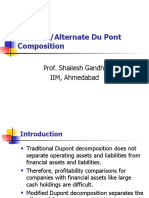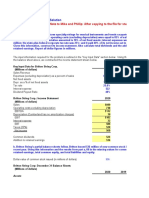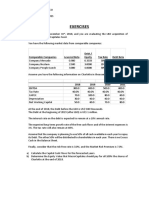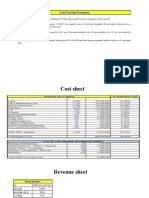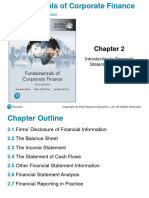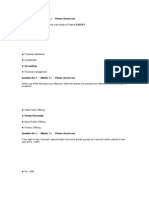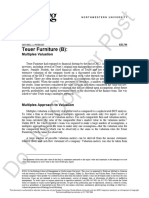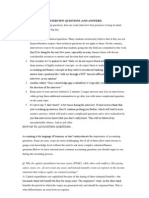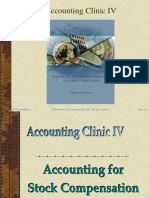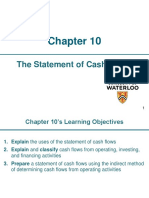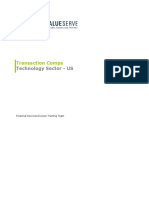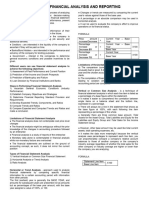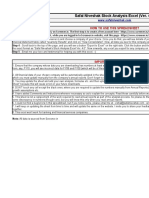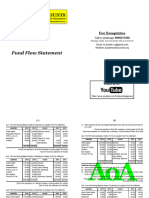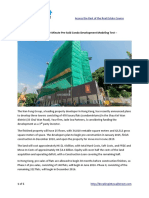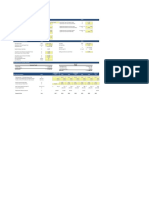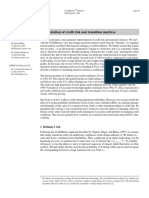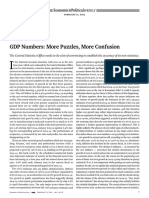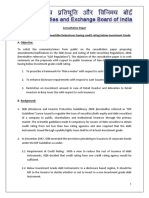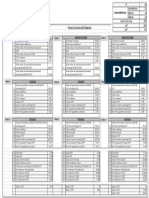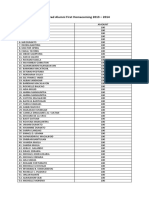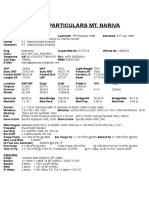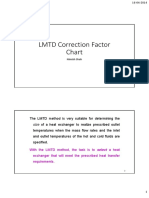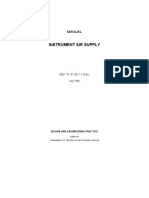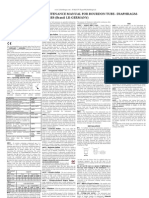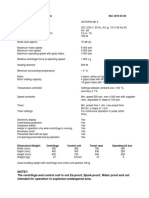INTRODUCTION TO
SPREADSHEETS & MODELS
Don Huesman
Module 2: From spreadsheet to model
WHARTON ONLINE
�Module organization
organization and layout of model elements
types of objective functions and their use
discrete vs. continuous time
what if analysis and scenarios
sensitivity analysis
classic models
WHARTON ONLINE
�Module 2 Learning objectives
Recognize assumptions and decision variables in business models,
and the best ways to reference them in spreadsheet formulas
Identify different types of metrics for evaluating outcomes of the
business processes being modeled
Design a spreadsheet with distinct locations for assumptions, decision
variables, objectives and objective functions implemented through
formulas
Express logic in formulas using range names
Create a basic cashflow model
Conduct what-if analysis using spreadsheet tools
Identify key variables using sensitivity analysis
WHARTON ONLINE
�Resources
Software used in this Specialization
Excel
Google sheets
Data analysis toolpak for Excel
XLMiner Analysis Toolpak for Sheets
WHARTON ONLINE
�INTRODUCTION TO
SPREADSHEETS & MODELS
Don Huesman
Module 2: From spreadsheet to model
Lecture 1 Using assumptions and decision variables
in spreadsheet models
WHARTON ONLINE
�Module 2 Lecture 1 Learning objectives
Recognize assumptions and decision variables in
business models, and the best ways to reference them in
spreadsheet formulas
Identify different types of metrics for evaluating outcomes
of business processes being modeled
Incorporate spreadsheet functions within models to identify
and highlight outcome variables
WHARTON ONLINE
�INTRODUCTION TO
SPREADSHEETS & MODELS
Don Huesman
Module 2: From spreadsheet to model
Lecture 2 Structuring a spreadsheet to model variables,
objectives and objective functions
WHARTON ONLINE
�Module 2 Lecture 2 Learning objectives
Design a spreadsheet with distinct locations for
assumptions, decision variables, objectives and objective
functions implemented through formulas
Express logic in formulas using range names
WHARTON ONLINE
�INTRODUCTION TO
SPREADSHEETS & MODELS
Don Huesman
Module 2: From spreadsheet to model
Lecture 3 Constructing a simple cashflow model
WHARTON ONLINE
�Module 2 Lecture 3 Learning objectives
Create a basic cashflow model
Use a cashflow model to evaluate a small business
venture opportunity and think through some critical
decisions
WHARTON ONLINE
10
�INTRODUCTION TO
SPREADSHEETS & MODELS
Don Huesman
Module 2: From spreadsheet to model
Lecture 4 What-if analysis & sensitivity analysis
WHARTON ONLINE
�Module 2 Lecture 4 Learning objectives
Conduct what-if analysis using spreadsheet tools
Identify key variables using sensitivity analysis
WHARTON ONLINE
12
�INTRODUCTION TO
SPREADSHEETS & MODELS
Don Huesman
Module 2: From spreadsheet to model
Lecture 5 Limits to simple, deterministic models
WHARTON ONLINE
�Module 2 Lecture 5 Learning objectives
Understand the characteristics and limitations of linear
programming models
Understand the characteristics and limitations of
deterministic models
WHARTON ONLINE
14
�Module 2 Summary
Recognize assumptions, decision variables and outcomes in business models,
and the best ways to reference them in spreadsheet formulas
Design a spreadsheet with distinct locations for assumptions, decision variables,
objectives and objective functions implemented through formulas
Express logic in formulas using range names
Create a basic cashflow model
Use a cashflow model to evaluate a small business venture opportunity and think
through some critical decisions
Conduct what-if analysis using spreadsheet tools
Identify key variables using sensitivity analysis
Understand the characteristics and limitations of linear programming models &
deterministic models
WHARTON ONLINE
15



